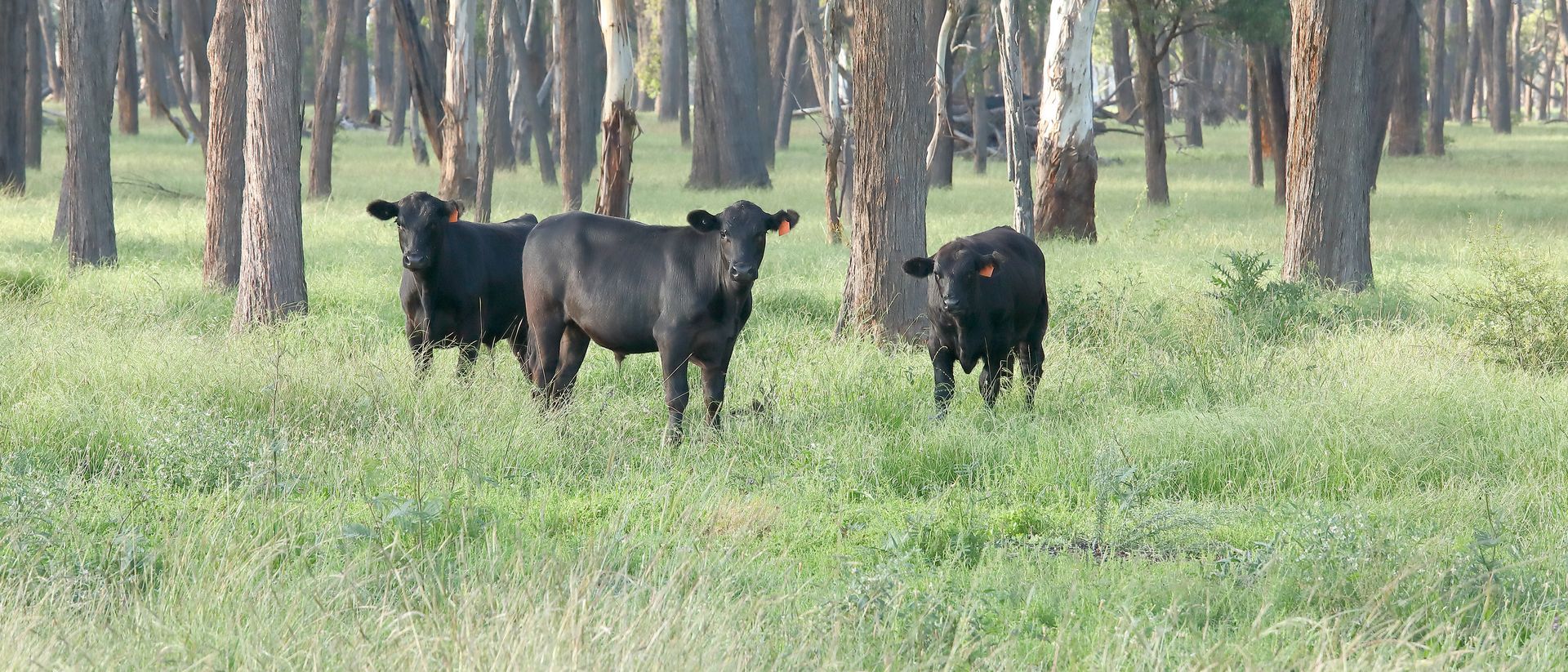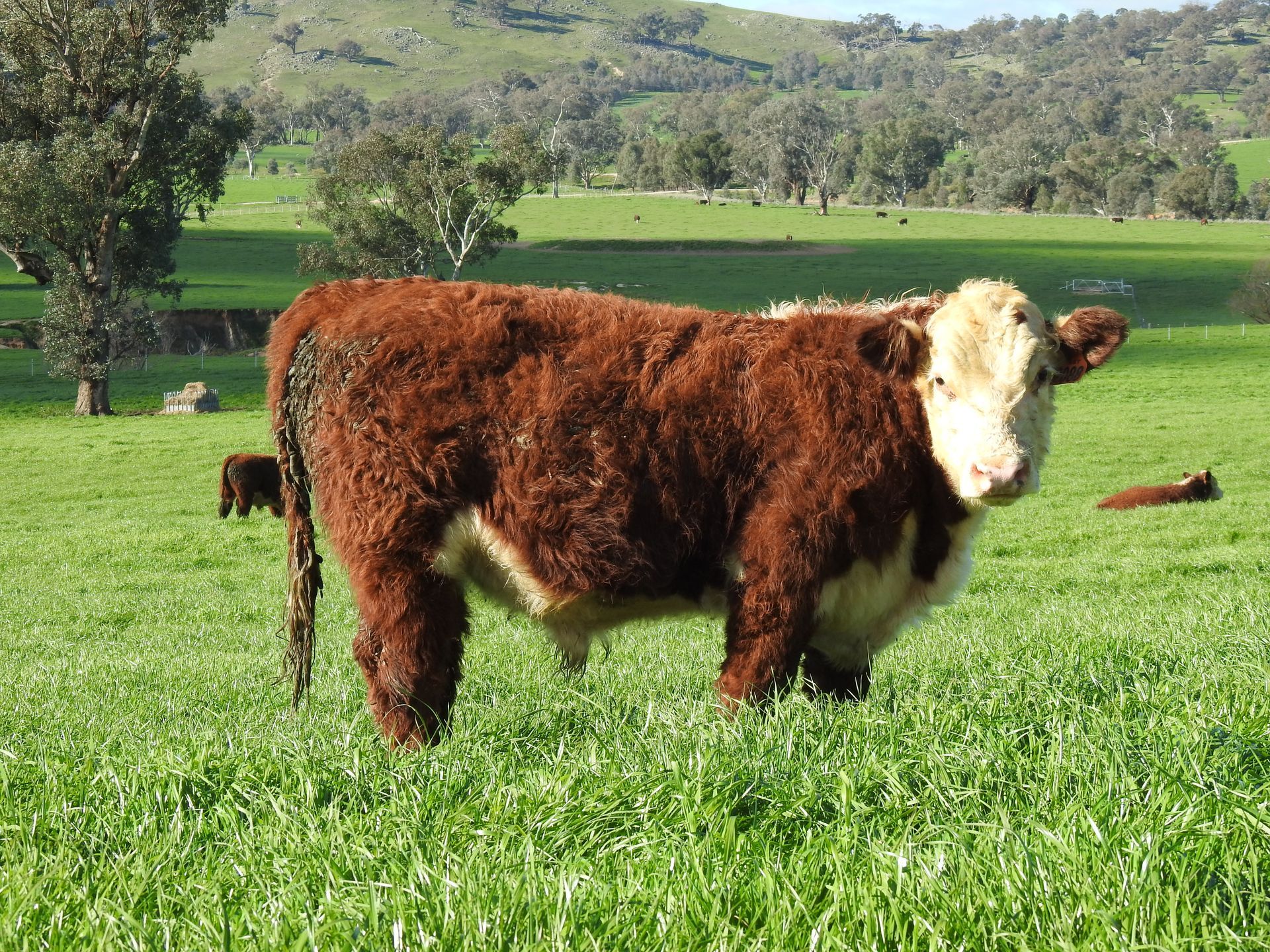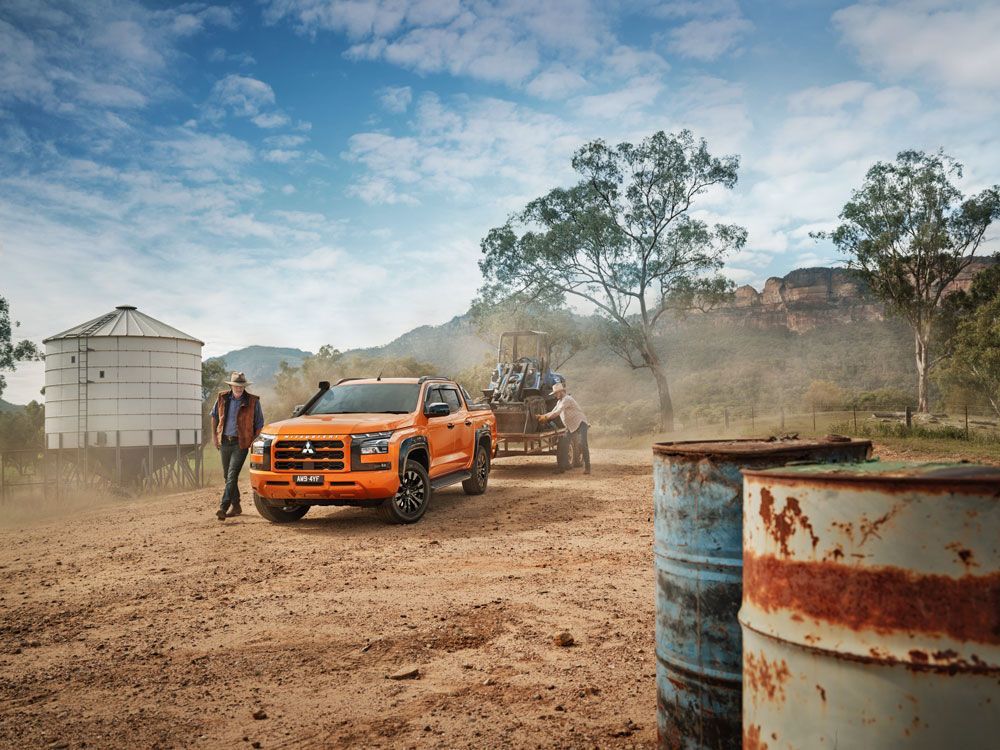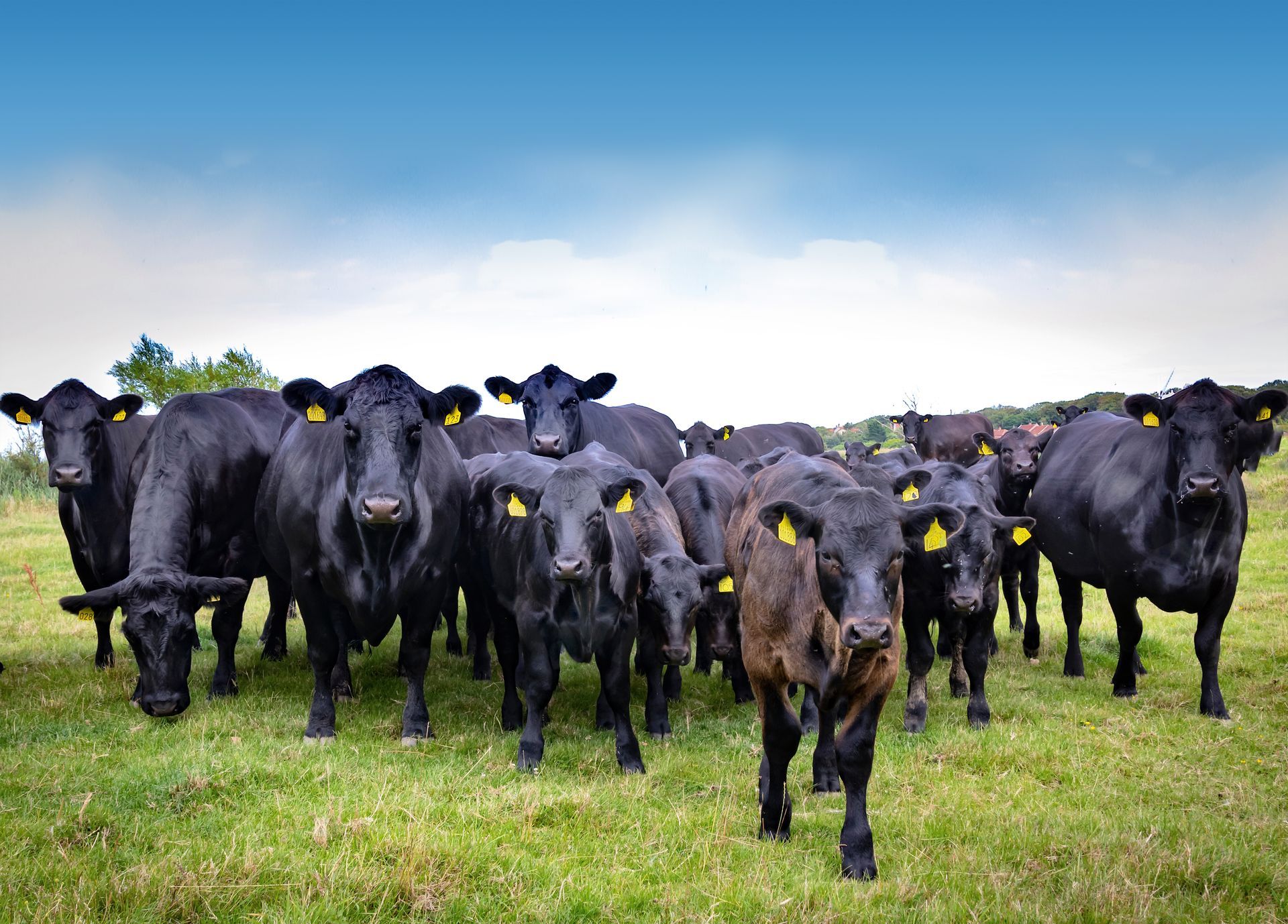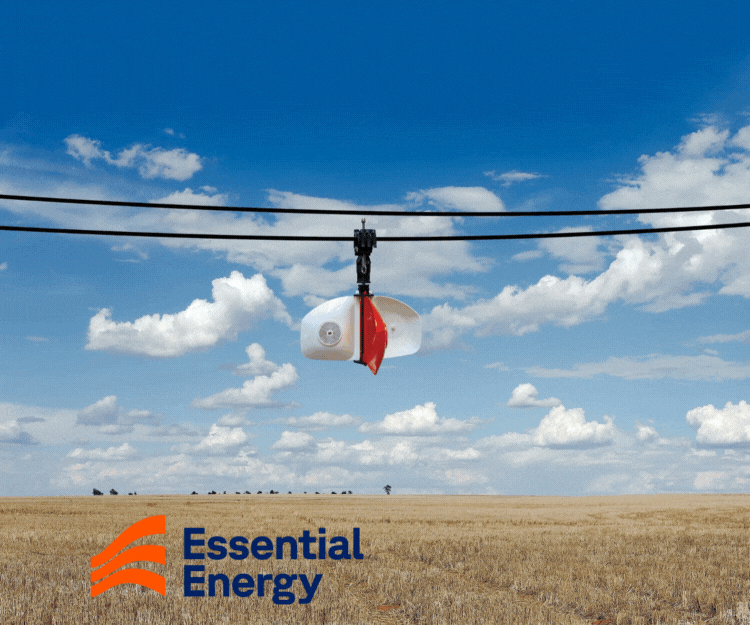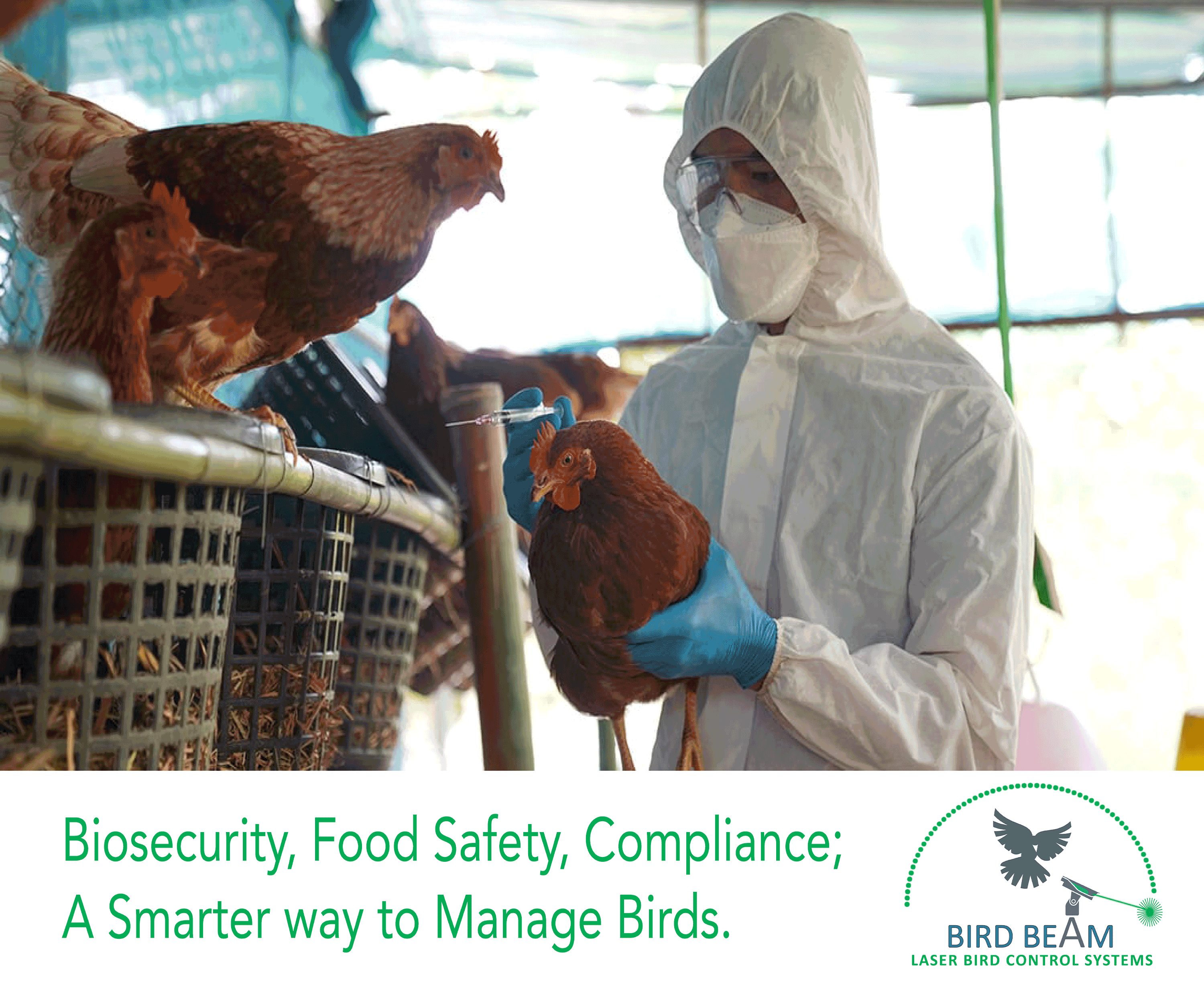Gary Northover is Executive Director of Tractor and Machinery Association of Australia
The electrification of Australia’s agricultural future – time to take charge
Executive Director of Tractor and Machinery Association of Australia Gary Northover says, despite electric tractors still being in their infancy in Australia, there are signs that we will join other major agricultural economies in the coming decades. As long as there’s sound leadership and the agricultural industry as a whole is fully committed and united.
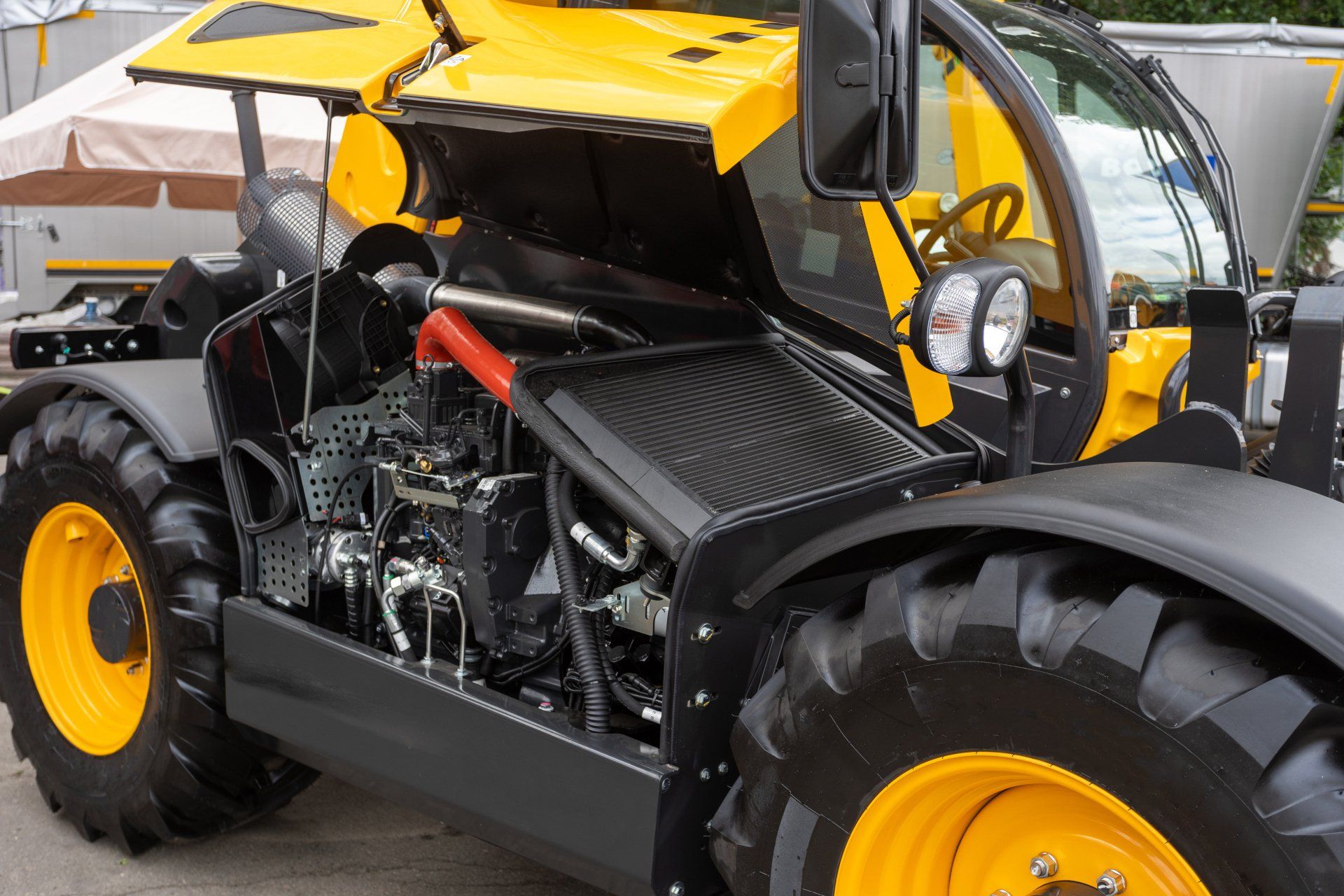
TAF: What do the dynamics of electrification of agricultural machinery in Australia look like today?
GN: Generally speaking, we have not seen a great deal from the tractor manufacturers – who are mostly still using diesel-fuelled engines. Further, most of their research and development investment is still focused on conventional technologies. The reality therefore is that the electrification of tractors and other heavy agricultural machinery in Australia is at least 5-10 years away from full maturity across the wider agricultural industry. I do believe, however, it’s still worth starting to have a meaningful conversation now.
TAF: Can or should we be doing better as a rich, educated and progress nation?
GN: Our European agricultural “cousins” are, in some ways, leading in this area albeit there is not a lot of meaningful progress there either. Government regulations over there provide carbon emission targets and related limits for farmers, which does not apply (yet) for Australian farmers. It’s worth recognising, however, that Australia is already a step ahead of Europe with things like the Autonomous Vehicle Code of Practice, a world first, developed in 2021 by Grain Producers Australia, the Tractor and Machinery Association of Australia and the Society of Precision Agriculture Australia. Change will probably happen here eventually depending on whether there’s enough lobbying to government and therefore some impetus to drive the transition. Other socio-economic dynamics are also key – the general public, a top down “force”, is showing more and more interest in the environmental footprint of agricultural producers. This is now starting to happen but not a lot yet.
TAF: What are the key issues affecting the electrification of Australian agriculture?
GN: The main issues affecting the adoption of electric tractors in Australia are: (1) insufficient re-charging infrastructure in rural Australia; (2) charging downtime for the farmer; (3) inadequate energy density of the battery i.e., towing heavy machinery – which is a big problem for broadacre farming especially; (4) due to their sheer size, the batteries are too heavy for tractors – hence, logistics issues and (5) no government regulation yet on carbon emissions for farmers which, if / when it happens, will inevitably accelerate adoption in Australia.
TAF: Where is there real potential in the “here and now”?
GN: Australian agriculture leaders and farmers alike should be observing and monitoring, “in lockstep, the rise of the latest battery-powered engine technology in other industries that also rely on heavy machinery – such as mining and construction. There are important lessons learned that can be adopted and adapted to agriculture. It is, interestingly, the manufacturers themselves, like Cummins, that are leading the way towards cleaner engines. Strict requirements on carbon emissions for Tier 4-5 tractor engines have, for example, been top of mind in Australia in recent years. So, there are signs that, in principle, the agricultural industry wants to reduce its environmental impact – starting from the “bottom up” in this case. Change is more likely to be stimulated by the engine manufacturers themselves rather than the tractor manufacturers that use their power equipment solutions.
TAF: Where else are there small gains that can be made to continue the early momentum?
GN: The best approach for Australia in the coming years is a “baby steps” strategy towards full adoption of electric tractors – such as starting off with hybrids and also with the smaller agricultural machinery adopting electric powered engines including lighter horticulture equipment. Progress is also happening in the turf and lawn care area which I believe will drive development "up the scale". For example, golf courses along with some intensive horticulture activities.

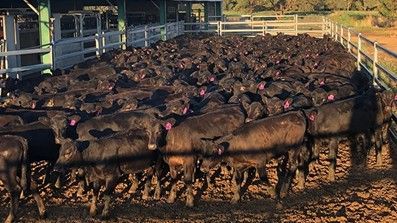
A selection of The Australian Farmer Sponsors - Click on a banner below to find out more...


